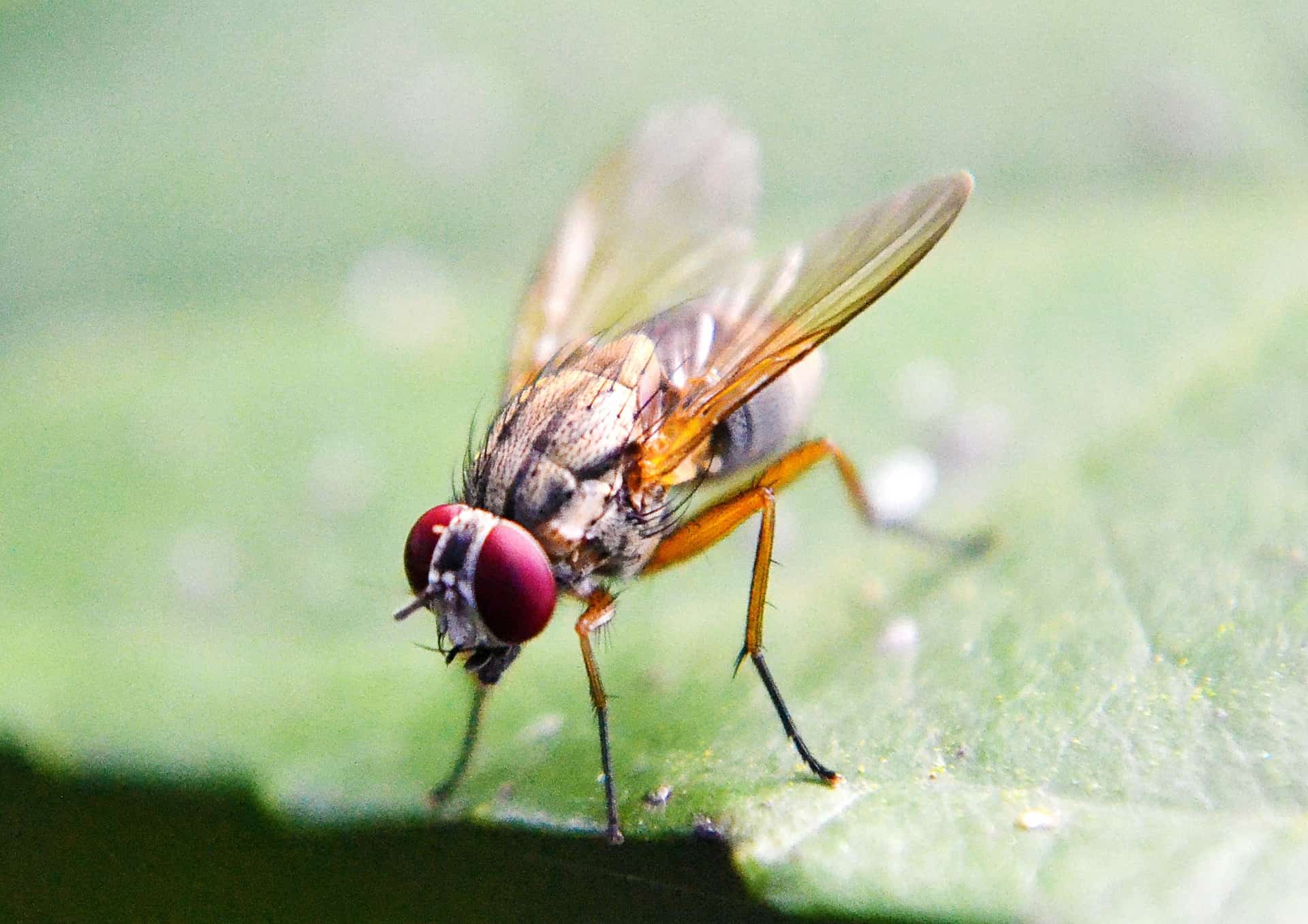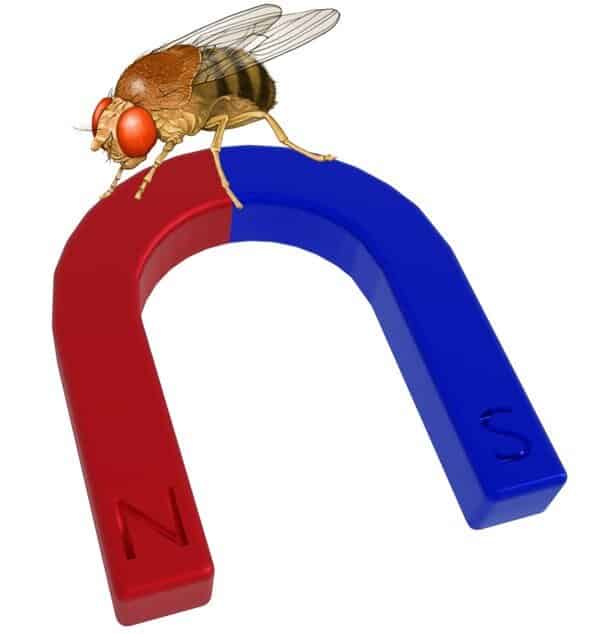
We’ve known for some time that many animals can use the Earth’s magnetic field for navigation — and despite some controversial experiments, that humans can’t. But according to a new study, we may just be starting to understand how many different animals have this ability.
Our planet’s magnetic field, generated by our planet’s interior, is essential for life on Earth, protecting us from harmful radiation. But some species have figured out how to use it in other ways. Animals as diverse as worms, dolphins, dogs, and bees can sense the Earth’s magnetic field and use it for navigation.
In order to do this, animals need biological molecules that can sense magnetic fields. But in new research, a team of scientists found that virtually all animals may possess these molecules. Co-lead researcher and neuroscientist Professor Richard Baines from The University of Manchester explains:
“How we sense the external world, from vision, hearing, through to touch, taste and smell, are well understood. But by contrast, which animals can sense and how they respond to a magnetic field remains unknown. This study has made significant advances in understanding how animals sense and respond to external magnetic fields—a very active and disputed field.”
Baines and colleagues knew that detecting this “sixth” sense was bound to be difficult, so they worked on the fruit fly (Drosophila melanogaster), an animal that is often used as a model for neuroscience.

The reason why the sense is so difficult to detect is that compared to things like sound or light, the magnetic field carries relatively little energy, so it’s faint and hard to pick up on. To overcome this, the team looked at cryptochromes — light-sensing proteins that regulate light absorption and the circadian clock in plants and animals.
Because of the quantum effect, cryptochromes also interact with the magnetic field, says Alex Jones, a quantum chemist from the National Physical Laboratory, and also part of the team.
“The absorption of light by the cryptochrome results in movement of an electron within the protein which, due to quantum physics, can generate an active form of cryptochrome that occupies one of two states. The presence of a magnetic field impacts the relative populations of the two states, which in turn influences the ‘active-lifetime’ of this protein.”
Remarkably, they found that even when only a small amount of cryptochromes were present, the magnetic field could be sensed. This doesn’t necessarily mean animals really do sense the magnetic field, but it seems like they could.
Because cryptochromes are so widespread, this could also serve as a clue as to the evolutionary origins of magnetoreception. In fact, the team suggests, it seems likely that cryptochromes evolved to utilize magnetic fields ubiquitously.
But does this also mean humans can also sense magnetic fields? We’re still a ways off before claiming that. Just having the physical means for sensing magnetic fields doesn’t necessarily mean you can actually do it. In order to do that, we’d need a very different type of clinical study, concludes co-lead author Ezio Rosato from The University of Leicester.
“This study may ultimately allow us to better appreciate the effects that magnetic field exposure might potentially have on humans. Moreover, because FAD and other components of these molecular machines are found in many cells, this new understanding may open new avenues of research into using magnetic fields to manipulate the activation of target genes. That is considered a holy-grail as an experimental tool and possibly eventually for clinical use.”
Journal Reference: Adam A. Bradlaugh et al, Essential elements of radical pair magnetosensitivity in Drosophila, Nature (2023). DOI: 10.1038/s41586-023-05735-z
Was this helpful?



